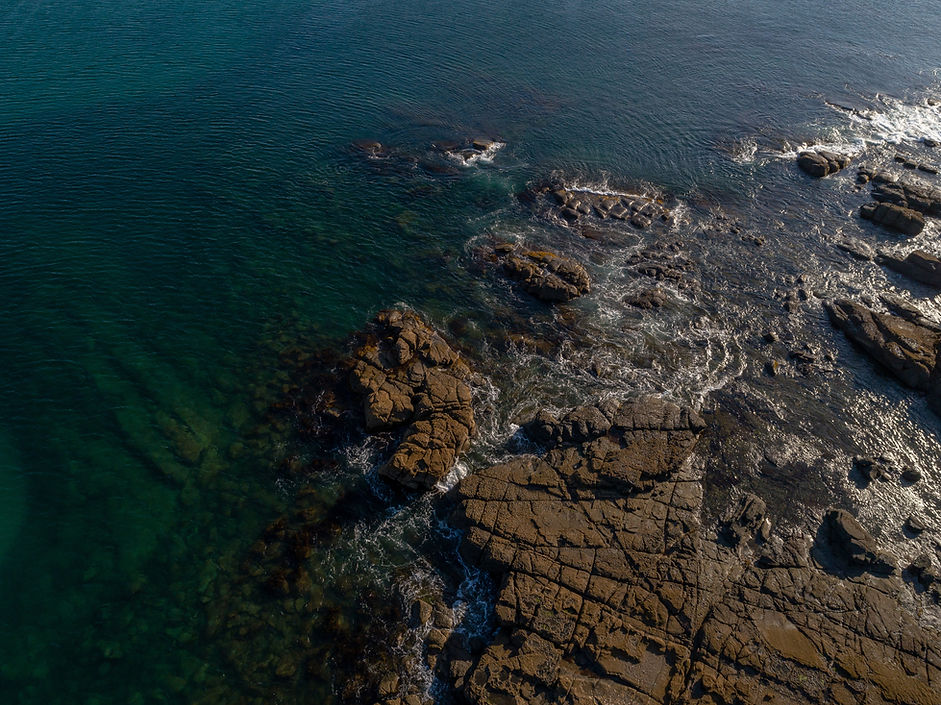Ban on anchoring at Hauturu Little Barrier Island
- Ngāti Manuhiri Settlement Trust

- Jul 3
- 2 min read
Updated: Aug 13
PĀNUI PĀPĀHO | MEDIA RELEASE
3 Hōngongoi 2025 | 3 July 2025
New biosecurity rules are in place at Hauturu o Toi Little Barrier Island, making it illegal to anchor anywhere around the island.
Biosecurity New Zealand’s Director, Pest Management, John Walsh, says the Controlled Area Notice (CAN) is in response to the discovery of exotic caulerpa seaweed in small patches on the island’s north and east coasts.
“The CAN is to prevent spread of the pest around the island or further afield.”
Nicola Rata-MacDonald, Chief Executive of the Ngāti Manuhiri Settlement Trust, says Ngāti Manuhiri have led a collaborative rapid response effort by placing a rāhui over the same area.
"Hauturu o Toi is a sacred taonga to our people, and as New Zealand’s first ever nature reserve, it is one of the most significant conservation areas in the world. Urgent action is needed to protect it.
“We’ve worked closely with Biosecurity New Zealand, Auckland Council, the Department of Conservation, the University of Auckland and Revive our Gulf since caulerpa was discovered here in May.
“Our operations have involved surveillance for the pest seaweed and rapid treatment using chlorine pellets under benthic (seafloor) mats. So far, we’ve treated 17 small areas of exotic caulerpa.”
Mr Walsh says since exotic caulerpa was first found in New Zealand in 2021, more than $24 million has been allocated by the government to fund efforts to find caulerpa, contain its spread and develop new technologies to remove it.
“We’re currently dealing with a very dynamic situation. While we’ve found this new area, we are also seeing substantial reductions in caulerpa in other locations. A report into this ‘biomass reduction’ is expected in coming weeks and this will look at where it’s occurring and consider possible reasons for it.”
Mr Walsh says the while the recent discovery of exotic caulerpa at Hauturu is disappointing, it isn’t unexpected given its propensity to be moved on vessels and equipment.
“We know that exotic caulerpa can be inadvertently relocated when small pieces are caught on anchors, anchor chains, and fishing/dive equipment.
“Stopping anchoring without a permit around the whole coastline out to 40 metres depth will greatly reduce this risk.”
In addition to the anchoring ban, the CAN prohibits any form of fishing in the Controlled Area that contacts the seabed such as netting, dredging, bottom trawling or lobster potting. Drift fishing, spear fishing and hand gathering are still allowed.
“Equipment used within the CAN area – for example, fishing/diving gear, needs to be inspected before leaving the area and any seaweed found on the equipment must be removed, stored securely and disposed of on shore,” Mr Walsh says.
The introduction of this new Hauturu CAN means there are now five areas under legal controls. The others are Te Rāwhiti (Bay of Islands), Aotea, Ahuahu and Waiheke Island. All five CANs will soon be reviewed before they expire on 30 September this year.
Full information about the Hauturu Little Barrier Island CAN, including a map.





Comments